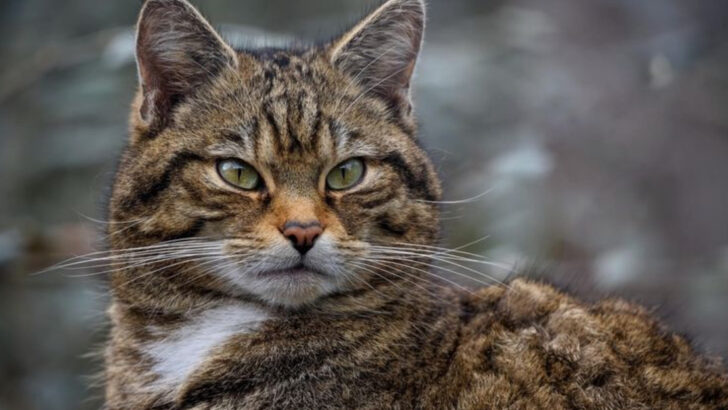Cats, known for their independence and mysterious allure, have a fascinating history of self-domestication.
Unlike other animals that humans actively domesticated, cats seem to have chosen to live alongside humans.
This unique journey from wild felines to beloved house pets unveils a story of adaptation, mutual benefit, and enduring companionship.
In this article, we will explore the ten key elements that contributed to the self-domestication of cats, diving into their behaviors, environments, and evolutionary traits.
The Wild Ancestors

Before they were our purring companions, cats were fierce hunters in the wild. The African wildcat, their closest ancestor, roamed deserts and savannas, perfecting the art of stealth and surprise. This adept predator had no need for human company, thriving independently.
Yet, its keen hunting skills and adaptability made it well-suited for environments where humans began storing surplus grain. As these wildcats ventured closer to human settlements, they found a new niche. Little did they know, their wild nature was the perfect foundation for what would become a domesticated life.
Early Human Settlements

Imagine a bustling Neolithic village, grains piled high in storage. Enter the feline, attracted by the plethora of rodents living off human harvests. These early settlements became a pivotal meeting ground for humans and cats.
Cats were drawn to the abundance of prey, and humans were grateful for the natural pest control. This mutual benefit led to a bond that, while unintentional, marked the beginning of a profound relationship. In time, these villages saw cats not just as visitors but as essential guardians of their stored food.
Adaptation to Human Habits
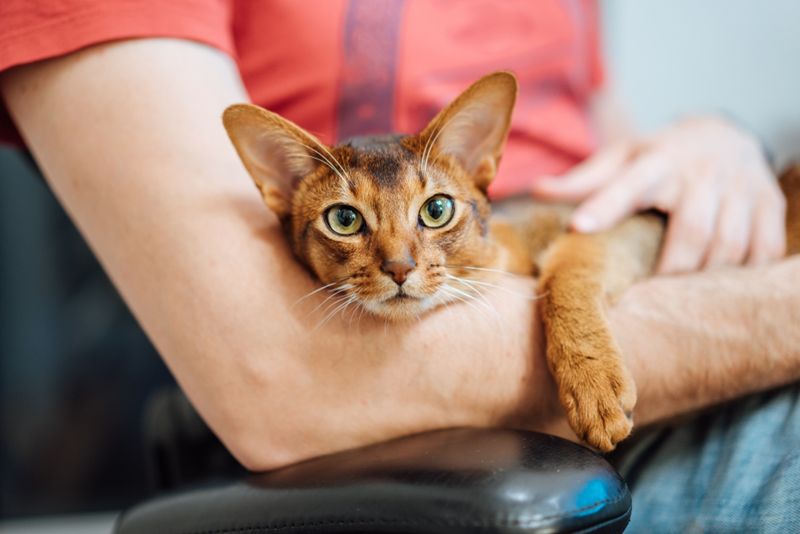
Cats began aligning their routines with human activities, a subtle yet significant shift. As they lingered near settlements, they adopted a more crepuscular lifestyle, hunting when humans were least active.
This adjustment not only minimized conflicts but also maximized their hunting success. Over generations, cats grew tolerant of human presence, and some even sought warmth in human dwellings. This adaptability laid the groundwork for their eventual domestication, as their behaviors slowly aligned with human daily life, creating harmony between the species.
Natural Selection in Villages
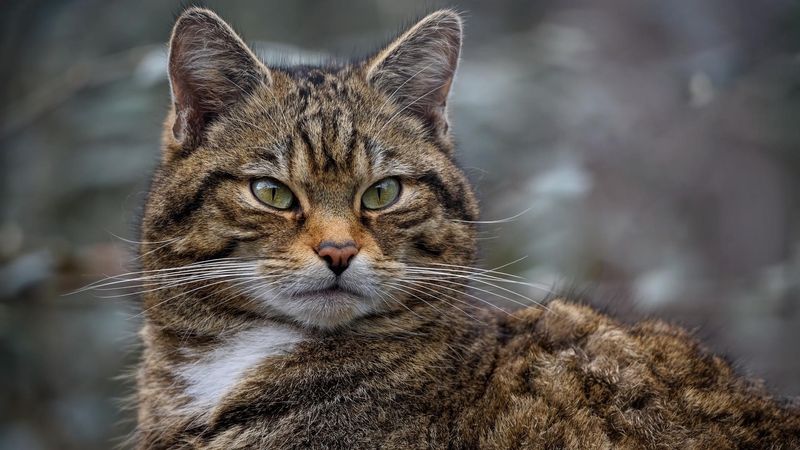
In village life, certain traits made some cats more successful than others. Tamer cats, less fearful of humans, thrived by getting closer to the resources within settlements. Natural selection favored these amiable traits, leading to a gradual shift in cat populations.
These gentler cats, often with varied coat colors, were the precursors to today’s domestic breeds. This natural selection process was unique because it was driven not by human intervention but by environmental factors and mutual benefits, slowly reshaping the cat’s demeanor and appearance.
Symbolism and Superstition
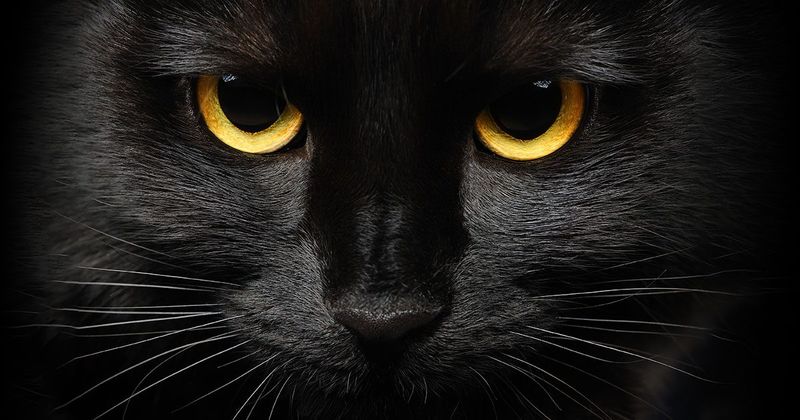
As cats integrated into human society, they began to occupy a symbolic space in culture and myth. In Ancient Egypt, for instance, cats were revered and worshipped, believed to possess protective qualities.
This cultural significance ensured their preservation and proliferation. Superstitions surrounding cats, both positive and negative, further cemented their presence in various societies. Such beliefs not only safeguarded their lives but also integrated them into the spiritual and daily practices of human communities, elevating their status from mere hunters to mystical companions.
Evolution of Social Behaviors
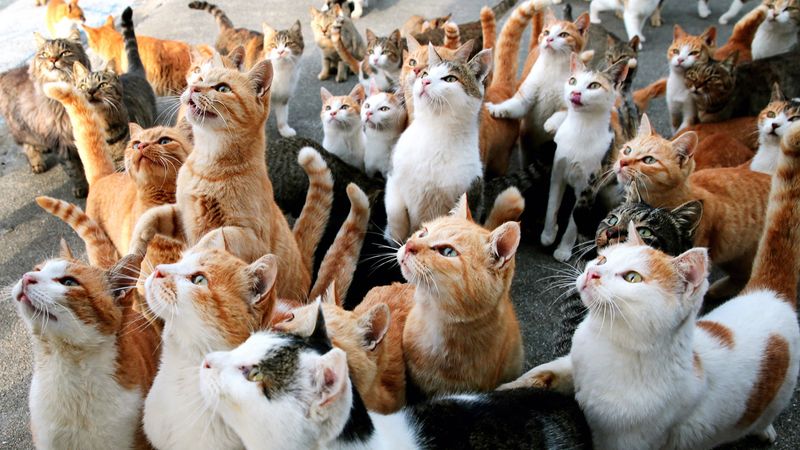
A curious trait emerged as cats spent more time around humans: sociability. While their ancestors were solitary, these new environments encouraged social interactions. Cats began developing friendly behaviors not just toward humans, but also with each other.
Playful antics and mutual grooming became common, fostering a more social nature. This evolution in behavior was crucial for their domestication, as it helped them integrate into human households as amiable and affectionate pets, breaking away from their aloof and solitary past.
Selective Breeding by Humans
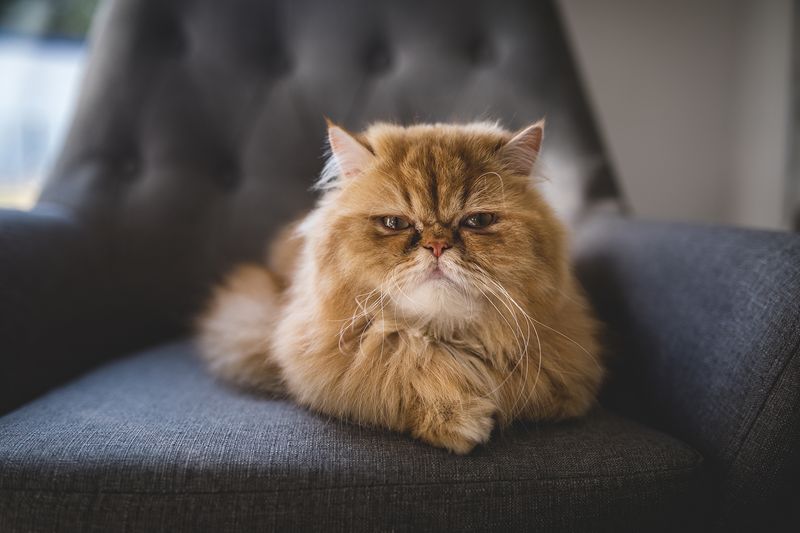
Humans, impressed by the cat’s pest control abilities and charm, began selecting cats for specific traits. This early form of selective breeding focused on temperament and appearance, leading to the diversity of breeds we see today.
While not as deliberate as livestock breeding, these choices have had lasting impacts. Cats with appealing characteristics were favored, ensuring their genes were passed on. Thus, human preference played a subtle yet vital role in shaping the domestic cat, intertwining human and feline histories inextricably.
Path to Urbanization
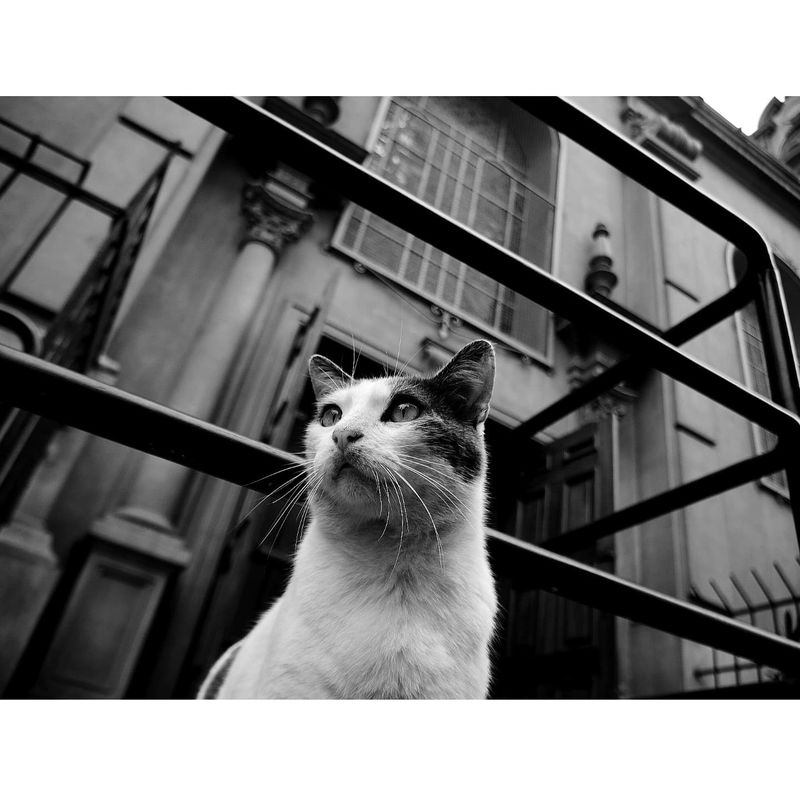
With the rise of cities, cats found new opportunities and challenges. Urban environments required them to adapt once more, navigating busy streets and diverse populations. Their versatility shone as they effortlessly blended into city life.
Cats became fixtures in urban settings, appreciated for their rodent control and companionship. This leap into city living further solidified their role in human society, as they continued to evolve alongside us, demonstrating resilience and adaptability in ever-changing landscapes.
Cats in Popular Culture
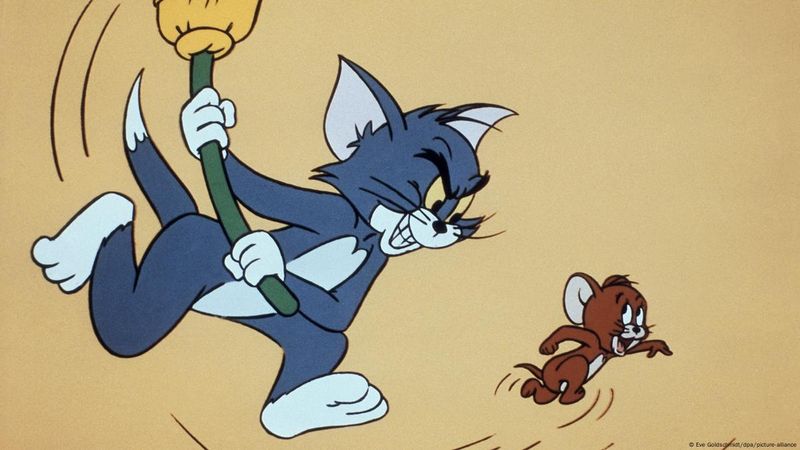
From literature to cinema, cats have captured the human imagination. Their enigmatic nature and playful antics make them perfect muses for storytellers. Classic tales like “Puss in Boots” and films featuring feline characters highlight their charm and mystery.
This cultural portrayal has only deepened our fascination, ensuring cats remain beloved household members. Their presence in media reflects and reinforces our bond with them, showcasing their unique personalities and roles in our lives, both as mythical icons and everyday companions.
Modern-Day Companionship
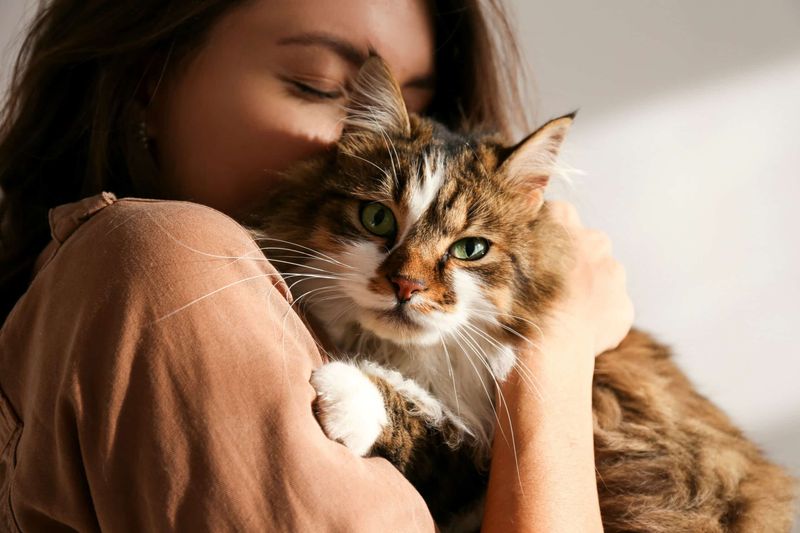
Today, cats are cherished as part of the family, their independent yet affectionate nature endearing them to millions. They’ve come a long way from their wild ancestors, and their journey reflects an extraordinary partnership with humans.
Modern domestic cats enjoy a life of comfort, often pampered and adored. Their self-domestication journey is a testament to adaptability and mutual benefit, a legacy of trust and companionship that continues to thrive. As they purr beside us, they remind us of a unique bond formed over millennia.

